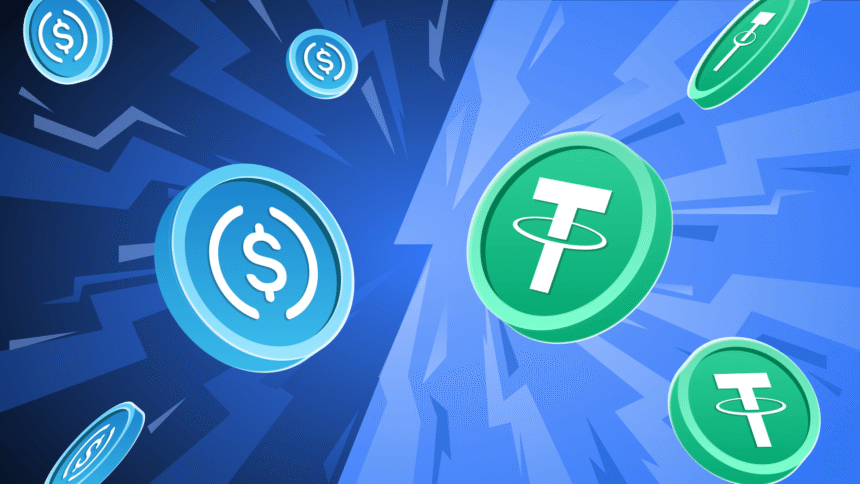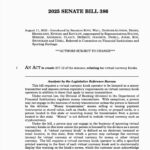USDT and USDC Market Share Decline as Stablecoin Competition Rises
Tether’s USDt (USDT) and Circle’s USDC (USDC), which are the two largest stablecoins by market capitalization, have experienced a notable decline in market share, indicating a potential shift in the stablecoin landscape. Despite continued growth in the total market cap of these coins, their combined dominance in the overall market has slipped by more than 5% since October 2024. This USDT and USDC market share decline is drawing attention to new entrants and evolving strategies within the sector.
Stablecoin Market Overview
According to DefiLlama and CoinGecko, the stablecoin market was valued at approximately $140 billion in March 2024, with USDT commanding a market cap of around $99 billion and USDC holding $29 billion. At that time, the two stablecoins controlled about 91.6% of the global stablecoin market cap. However, by June 2024, their combined market share had dropped to 83.6%, a 5.4% reduction from October 2024 and a 3.4% decline year-to-date.
Nic Carter, an industry analyst and partner at Castle Island Ventures, noted on social media platform X that “the stablecoin duopoly is ending” (Cointelegraph). He attributes this USDT and USDC market share decline to the emergence of new players, especially those offering yield-bearing stablecoins, and the entry of traditional banks into the sector.
Factors Behind the Decline
Carter explained that newer startups can undercut major issuers on yield, sparking increased competition. Yield-bearing stablecoins such as Ondo’s USDY, Paxos’ USDG, and Agora’s AUSD are among the emerging competitors. Ethena’s USDe, which offers yield from crypto basis trading, has quickly grown to a $14.7 billion supply, marking it as a “success story of the year,” Carter said, as reported by Cointelegraph.
The introduction of regulatory frameworks like the US GENIUS Act has put pressure on yield-bearing stablecoins, but Carter expects the trend to persist. Circle has also announced collaboration with Coinbase to provide yields on USDC, reflecting the growing importance of income-generating options for users.
Alongside yield innovations, regulatory changes now allow more banks and financial institutions to consider stablecoin issuance. Carter noted there are already collaborations between major financial players, such as JPMorgan and Citigroup, as well as European banking ventures exploring stablecoin issuance compliant with the Markets in Crypto-Assets Regulation (MiCA). For instance, Dutch bank ING and Italy’s UniCredit, along with seven additional banks, announced a joint venture in September to create a euro-denominated stablecoin, with issuance expected in late 2026.
What’s Next for Stablecoins?
As the USDT and USDC market share decline continues, industry analysts predict that more financial institutions and startups will enter the stablecoin market. These new entrants are likely to provide competitive offerings, especially in the yield-bearing space, and leverage regulatory opportunities to challenge established stablecoin providers.
Bank-issued stablecoins, particularly those developed through consortia, may become strong competitors due to broader distribution networks and regulatory compliance. Carter suggests that “many other new stablecoins—including bank-issued ones—will be entering the industry soon.”
With rising competition and an evolving regulatory landscape, the structure of the stablecoin market is poised for further changes. Ongoing developments will continue to impact not only the dominance of USDT and USDC but also the wider ecosystem, as outlined in our cryptocurrency news section.



















